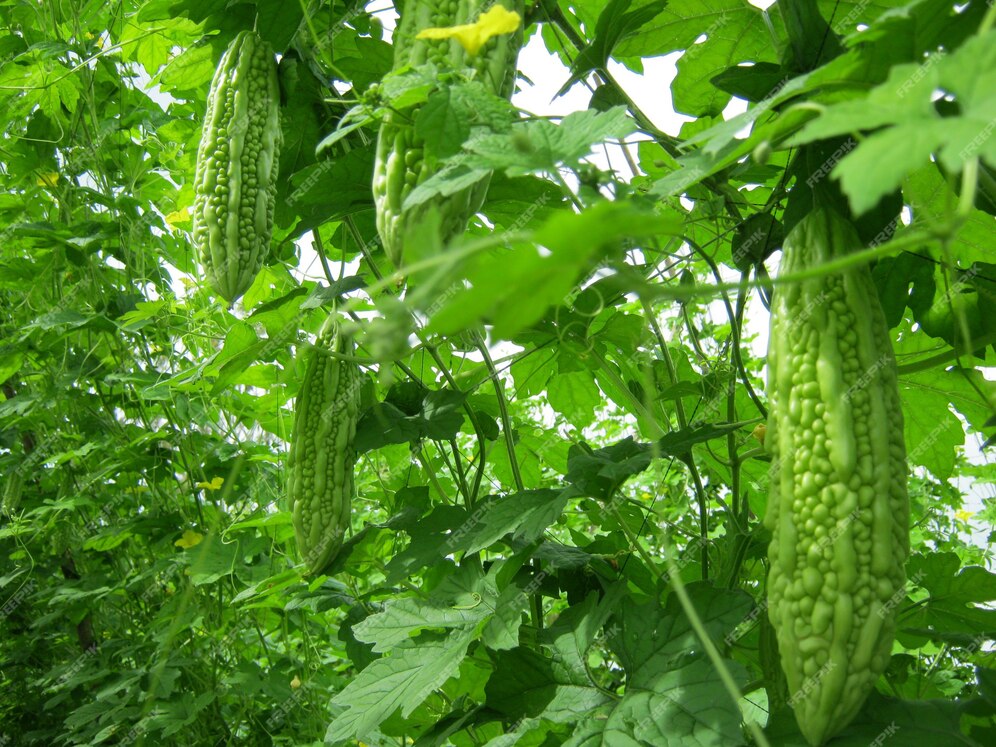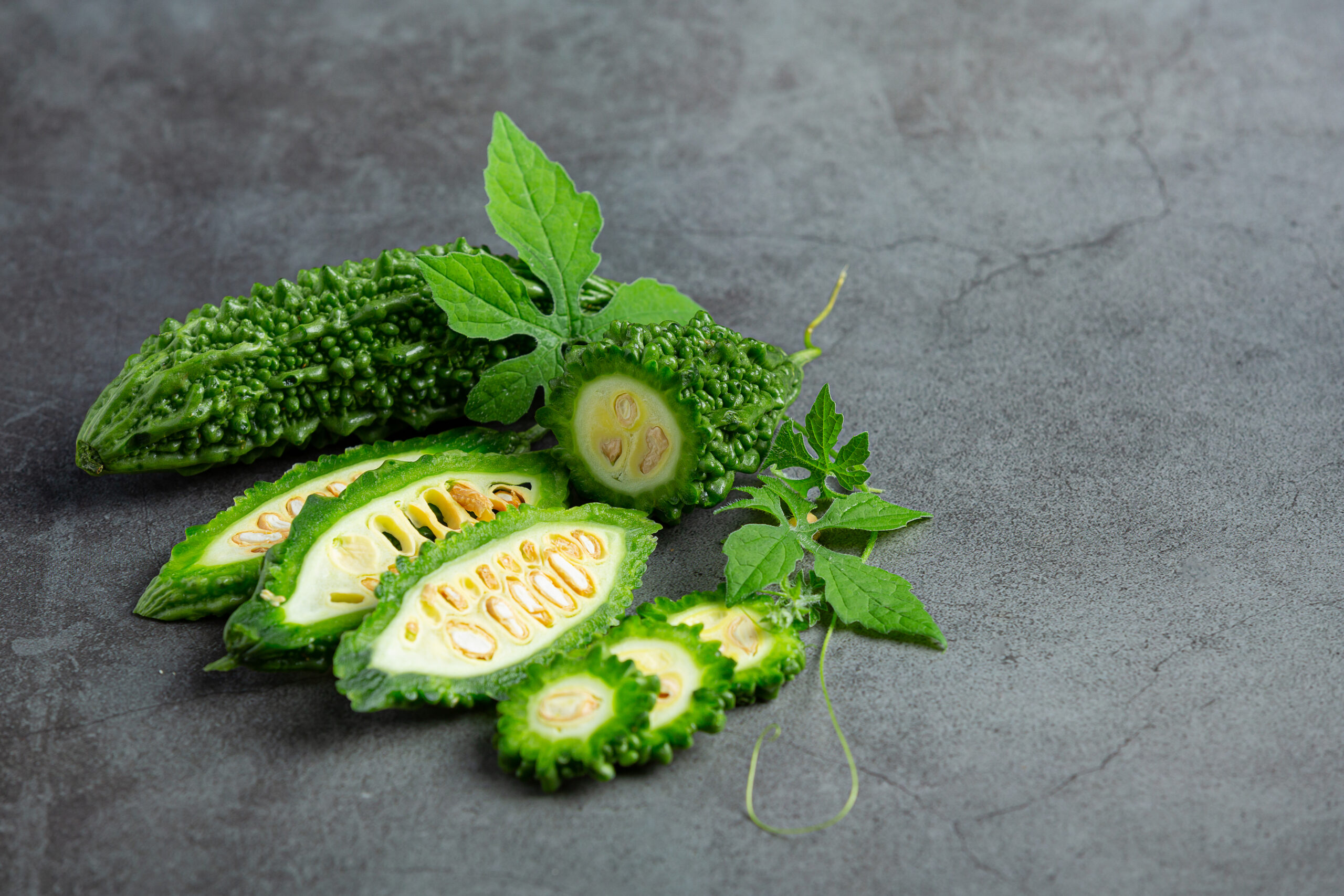Selecting the Right Bitter Gourd Seeds for Home Cultivation
Growing Bitter Gourd at Home: A Seed to Harvest Guide
Bitter gourd, also known as bitter melon or karela, is a unique vegetable that is widely used in various cuisines around the world. It is known for its bitter taste and numerous health benefits. If you are interested in growing bitter gourd at home, selecting the right seeds is the first step towards a successful harvest.
When it comes to selecting bitter gourd seeds for home cultivation, there are a few factors to consider. Firstly, you need to decide whether you want to grow bitter gourd from seeds or seedlings. Growing from seeds allows you to have more control over the entire process, but it requires more time and effort. On the other hand, starting with seedlings can be a convenient option for beginners or those with limited gardening experience.
If you choose to grow bitter gourd from seeds, it is important to select high-quality seeds from a reputable source. Look for seeds that are fresh, viable, and disease-free. You can find bitter gourd seeds at local nurseries, garden centers, or online seed suppliers. It is recommended to choose hybrid varieties as they tend to be more disease-resistant and produce higher yields.
Next, consider the specific variety of bitter gourd you want to grow. There are several different types of bitter gourd, each with its own unique characteristics. Some popular varieties include Indian long, Chinese round, and Thai white. Research the different varieties and choose the one that suits your taste preferences and growing conditions.
Before purchasing the seeds, it is essential to check the seed packet for important information. Look for details such as the germination rate, days to maturity, and specific growing requirements. Bitter gourd seeds typically have a germination rate of around 80-90%, so it is advisable to buy a few extra seeds to account for any potential failures.
Once you have selected the right bitter gourd seeds, it is time to prepare them for planting. Start by soaking the seeds in water for 24 hours. This helps to soften the seed coat and improve germination. After soaking, drain the water and spread the seeds on a damp paper towel. Place the towel in a warm location and keep it moist until the seeds sprout. This process, known as pre-germination, can significantly increase the chances of successful germination.
When it comes to planting bitter gourd seeds, choose a sunny location in your garden with well-draining soil. Bitter gourd plants require at least 6-8 hours of direct sunlight per day to thrive. Prepare the soil by adding organic matter such as compost or well-rotted manure to improve its fertility and drainage.
Sow the pre-germinated seeds about 1 inch deep into the soil, spacing them at least 12-18 inches apart. Cover the seeds with soil and gently firm it down. Water the soil thoroughly but avoid overwatering, as excessive moisture can lead to rotting of the seeds.
In conclusion, selecting the right bitter gourd seeds is crucial for successful home cultivation. Whether you choose to grow from seeds or seedlings, ensure that you choose high-quality seeds from a reputable source. Consider the specific variety of bitter gourd you want to grow and check the seed packet for important information. Pre-germinate the seeds to improve germination rates and plant them in a sunny location with well-draining soil. With proper care and attention, you can enjoy a bountiful harvest of bitter gourd in your own backyard.
Essential Growing Conditions and Care Tips for Bitter Gourd Plants
 pic source:freepik.com
pic source:freepik.com
Bitter gourd, also known as bitter melon or Momordica charantia, is a unique vegetable that is widely grown in tropical and subtropical regions. It is known for its bitter taste and numerous health benefits. If you are interested in growing bitter gourd at home, it is important to understand the essential growing conditions and care tips for these plants.
First and foremost, bitter gourd plants require a warm and sunny environment to thrive. They are highly sensitive to cold temperatures and frost, so it is best to plant them when the soil has warmed up and all chances of frost have passed. Ideally, the temperature should be between 70 and 90 degrees Fahrenheit for optimal growth.
When it comes to soil, bitter gourd plants prefer well-draining soil that is rich in organic matter. Before planting, it is recommended to amend the soil with compost or well-rotted manure to improve its fertility and drainage. Additionally, the soil pH should be slightly acidic to neutral, ranging from 6.0 to 7.0.
To start growing bitter gourd, you can either sow seeds directly in the ground or start them indoors and transplant them later. If you choose to start them indoors, sow the seeds in biodegradable pots or seed trays about 4 to 6 weeks before the last expected frost date. Keep the soil consistently moist and provide sufficient light for the seedlings to grow.
Once the seedlings have developed a few true leaves and all chances of frost have passed, they can be transplanted into the garden. Space the plants about 3 to 4 feet apart to allow for proper air circulation and growth. Bitter gourd plants are vigorous climbers, so it is important to provide them with a trellis or support structure to climb on.
Watering is crucial for the growth and development of bitter gourd plants. They require regular watering, especially during dry periods. However, it is important to avoid overwatering, as this can lead to root rot and other diseases. Aim to keep the soil consistently moist, but not waterlogged. Mulching around the plants can help retain moisture and suppress weed growth.
Fertilizing bitter gourd plants is also important to ensure healthy growth and abundant fruit production. Before planting, incorporate a balanced organic fertilizer into the soil. Once the plants start growing, you can side-dress them with compost or apply a slow-release organic fertilizer every 4 to 6 weeks. Avoid using excessive amounts of nitrogen, as this can result in lush foliage but fewer fruits.
Pest and disease management is another crucial aspect of caring for bitter gourd plants. Common pests that can affect these plants include aphids, whiteflies, and fruit flies. Regularly inspect the plants for any signs of infestation and take appropriate measures, such as using insecticidal soap or neem oil, to control the pests. Diseases like powdery mildew and bacterial wilt can also affect bitter gourd plants, so it is important to practice good sanitation and provide proper air circulation to prevent these issues.
In conclusion, growing bitter gourd at home can be a rewarding experience. By providing the essential growing conditions such as warm and sunny environment, well-draining soil, and regular watering, along with proper care tips like trellising, fertilizing, and pest management, you can enjoy a bountiful harvest of this unique and nutritious vegetable. So why not give it a try and add some bitterness to your garden?
Harvesting and Utilizing Bitter Gourd in Home Cooking
Harvesting and Utilizing Bitter Gourd in Home Cooking
Once you have successfully grown bitter gourd in your home garden, it is time to harvest and utilize this unique vegetable in your cooking. Harvesting bitter gourd at the right time is crucial to ensure optimal flavor and texture. In this section, we will guide you through the process of harvesting bitter gourd and provide some ideas on how to incorporate it into your home cooking.
When it comes to harvesting bitter gourd, timing is everything. Bitter gourd should be harvested when it reaches its mature stage but before it becomes overripe. The ideal time to harvest bitter gourd is when it has turned from green to a light yellow color. At this stage, the bitter gourd will have a firm texture and a slightly bitter taste. If left on the vine for too long, the bitter gourd will become overly bitter and develop a tough and fibrous texture.
To harvest bitter gourd, use a sharp knife or pruning shears to cut the fruit from the vine. Be careful not to damage the vine or any neighboring fruits while doing so. It is best to harvest bitter gourd in the morning when the temperature is cooler, as this will help preserve its freshness and flavor.
Once you have harvested your bitter gourd, it is time to utilize it in your home cooking. Bitter gourd can be used in a variety of dishes, both as a main ingredient and as a flavor enhancer. One popular way to prepare bitter gourd is by stir-frying it with other vegetables and spices. This helps to mellow out its bitterness and create a delicious and nutritious dish.
To prepare bitter gourd for cooking, start by washing it thoroughly under running water. Then, slice the bitter gourd lengthwise and remove the seeds and pith. The seeds and pith are the most bitter parts of the vegetable, so removing them will help reduce its bitterness. Once the bitter gourd is prepared, you can slice it into thin strips or cubes, depending on your preference.
When stir-frying bitter gourd, it is important to use high heat and cook it quickly. This will help retain its crispness and prevent it from becoming mushy. You can add other vegetables such as onions, bell peppers, and carrots to the stir-fry to add flavor and texture. Season the dish with spices such as garlic, ginger, and chili for an extra kick.
If you prefer a milder flavor, you can also blanch the bitter gourd before cooking it. To blanch bitter gourd, bring a pot of water to a boil and add the sliced bitter gourd. Let it cook for a few minutes until it becomes slightly tender. Then, drain the bitter gourd and rinse it with cold water to stop the cooking process. Blanched bitter gourd can be used in salads, soups, or even pickled for a tangy and refreshing side dish.
In conclusion, harvesting bitter gourd at the right time is crucial to ensure optimal flavor and texture. Once harvested, bitter gourd can be utilized in a variety of dishes, from stir-fries to salads and soups. By following these tips and incorporating bitter gourd into your home cooking, you can enjoy the unique flavor and health benefits of this versatile vegetable.


